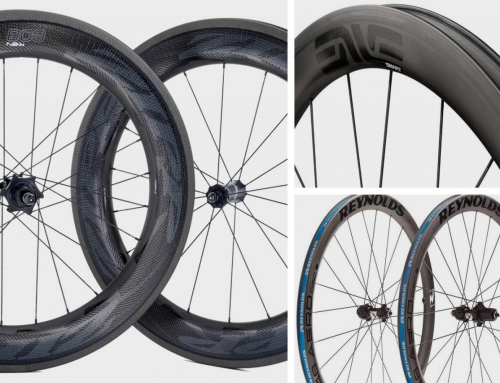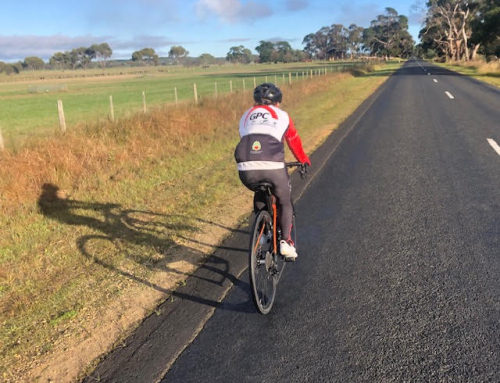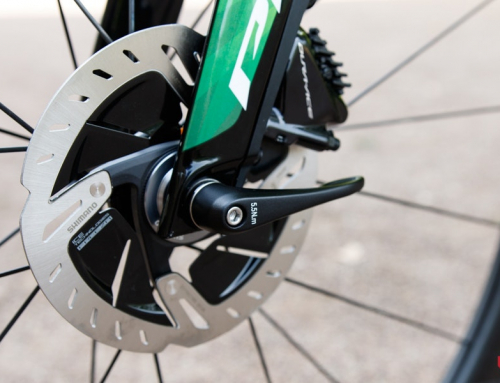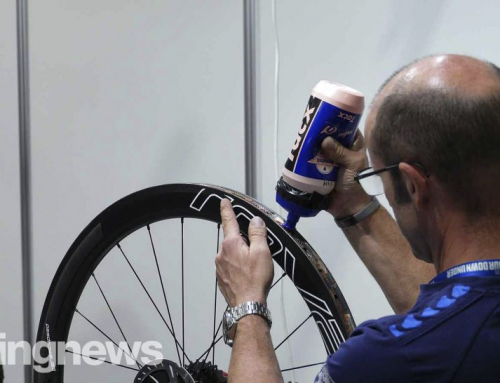Training to Power with Donna Rae-Szalinski
Donna Rae-Szalinski has been an integral part of Australian cycling for over 20 years, where she has been an elite cyclist, coach & director sportif. The GPC Squad coaches were incredibly fortunate to spend time with Donna to learn about power, ergo sessions and the practical applications.
What is Power?
- It is the rate of work you are doing, measured in watts in cycling.
- Unaffected by external elements unlike HR which can be affected by lack of sleep, stress, food intake, weather etc.
- Needs to be considered in relationship with heart rate (HR) & revolutions per minute (RPM) or cadence
- Is individual & needs to be reviewed frequently when being applied to a training plan
Using a power meter
- Typically the more you pay the more accurate the data or less error in readings
- Must recalibrate often
- Use the same power meter / set up for training & race, as using different brand of power meters can result in different accuracy in measurement.
Metrics
- Functional threshold power (FTP) is defined as the highest average power sustained for one hour. It is a good test but must have same testing conditions each time. FTP is closely linked to individual anaerobic threshold (IAT). The most accurate way to determine IAT is by doing a Lactate Profile Test which measures power output, heart rate and lactate accumulation. This must be conducted by a certified practitioner. A FTP test does not measure lactate accumulation therefore the test is predictive in nature. A FTP test is a good guide and does not incur the cost of going to a lab.
- Normalised power (NP) accounts for varying terrain. Your average power is influenced by periods of coasting (no pedaling).
- Power to weight ratio is a relative measure & can be used to compare with national or international standards.
- Lactate (La) and heart rate (HR) measure cost of the effort. They are useful to use in conjunction with power.
Practical Applications
- Always compare power with HR, cadence and Rate of Perceived Exertion (RPE; how hard you are working). This will help determine the cost of the power output.
- Collect data over time & compare in different stages of the season. HR at FTP doesn’t usually change substantially over time, however power at FTP will.
- Use power data to set effective training zones
- Do some of your training above race pace to make race pace a controlled effort
Contact Donna
Donna Rae – Szalinski
Cycle Edge Coaching Consultancy
Further Reading
life-insurance-companies-starting-exclude-cycling
cycling-pedalling-technique-triathletes









